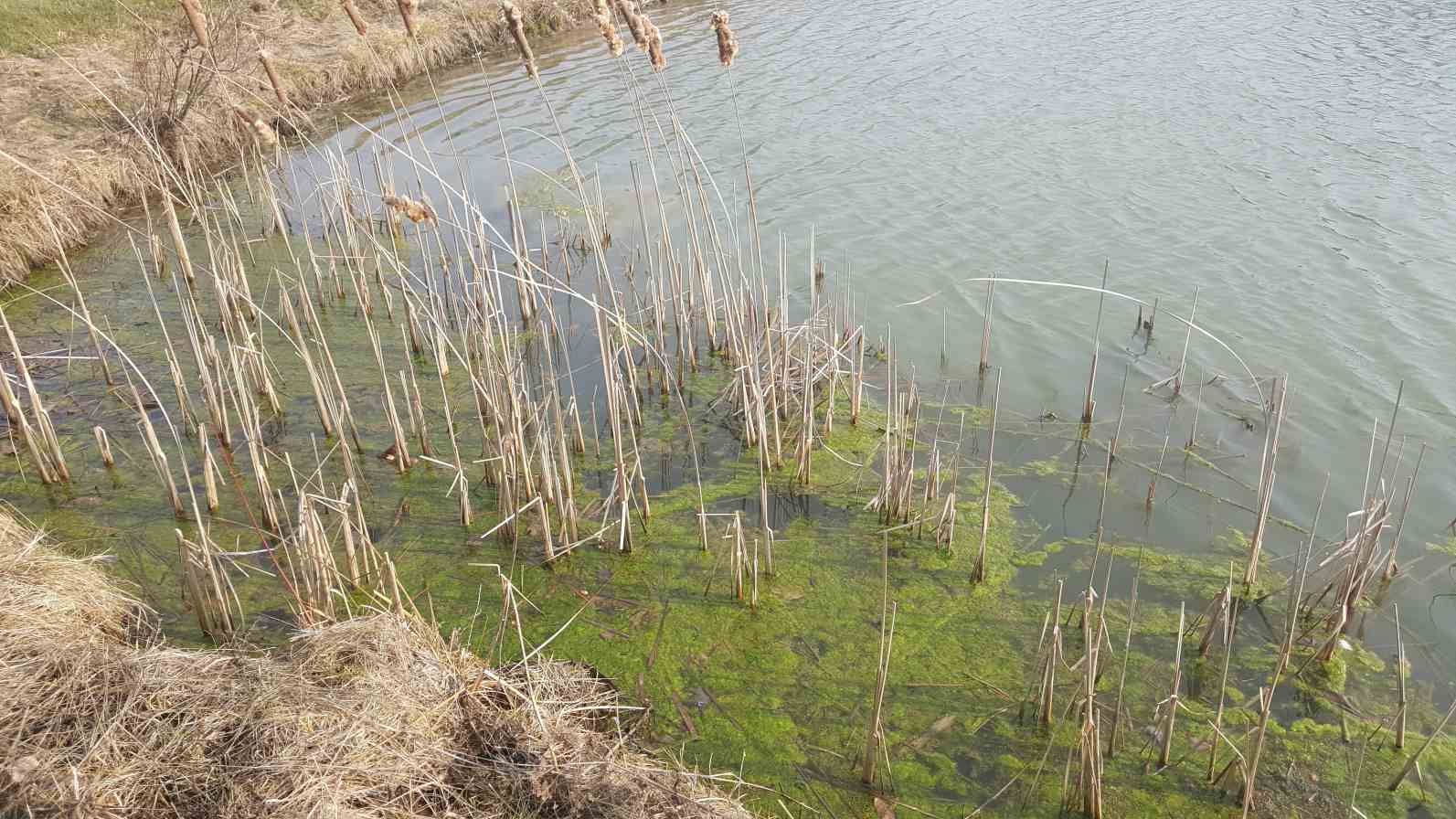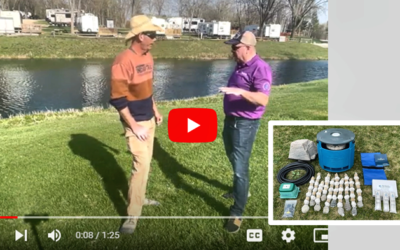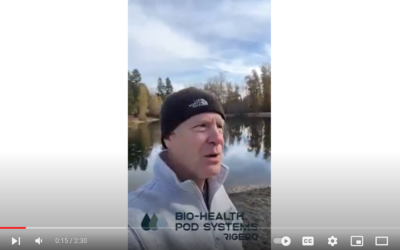Algae are microscopic, photosynthetic organisms that live in a variety of aquatic environments, including ponds. During the winter months, many algae species in the Midwest United States die off due to the cold temperatures and reduced sunlight. However, there are some species that can survive these harsh conditions and emerge in early spring.
One such species is the diatom Fragilaria crotonensis. This diatom has a unique adaptation that allows it to survive in low-light and low-temperature environments. During the winter months, it produces a thick mucilage layer that helps protect it from freezing and provides a source of nutrients. This layer also helps anchor the diatom to the sediment at the bottom of the pond, preventing it from being swept away by currents.
Another algae species that is able to survive the winter in Midwest ponds is the green algae, Oedogonium. This species have the ability to produce dormant cells called akinetes that can survive in low-light and low-nutrient conditions for extended periods of time. In the fall, Oedogonium produces these akinetes, which sink to the bottom of the pond and remain dormant until the conditions are suitable for growth in the spring.
While these algae species can survive the winter months, they are not the only factors that contribute to their emergence in early spring. The timing of their emergence is also influenced by environmental factors such as temperature, sunlight, and nutrient availability. In the early spring, as temperatures begin to rise and the days get longer, the diatoms and green algae begin to grow and reproduce.
One of the potential consequences of the emergence of pond algae in early spring is the formation of harmful algal blooms (HAB’s). HAB’s can occur when there is an overgrowth of algae, often caused by an excess of nutrients in the water. These blooms can have negative impacts on aquatic ecosystems and can be harmful to human health, as some algae species produce toxins.
In conclusion, while many algae species in Midwest ponds die off during the winter months, there are some species, such as Fragilaria crotonensis and Oedogonium, that can survive and emerge in early spring. These algae species have unique adaptations that allow them to survive in low-light and low-temperature environments, and their emergence is influenced by environmental factors such as temperature, sunlight, and nutrient availability. The emergence of pond algae in early spring can have both positive and negative impacts on aquatic ecosystems, and it is important to monitor these populations to prevent the formation of harmful algal blooms.




0 Comments